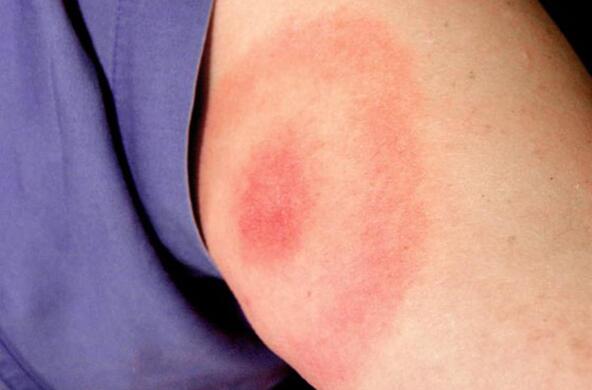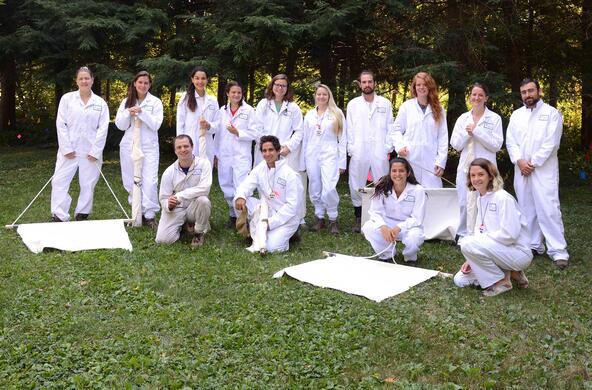The fabric of Lyme disease ecology just got a new wrinkle. Disease ecologist Richard Ostfeld, who has been mapping the ecology of Lyme disease with forest ecologist Charles Canham for over two decades, sees several events lining up for what could be a perfect storm of Lyme risk for humans.
The chain of events starts with acorns, which feed the mice that host the ticks that carry the bacterium that causes Lyme disease. In 2010, acorn production in the Northeast set a record high in the twenty years of Ostfeld's monitoring. Populations of white-footed mice surged as a result of the ready food supply. In 2011, however, acorn production crashed. While acorn cycles rise and fall naturally, Ostfeld notes, having such extremes in consecutive years is remarkable.
"So now, on the heels of one of the smallest acorn crops we've ever seen, the mouse population is also crashing," he explains. "This spring there will be a lot of infected black-legged ticks in our forests looking for a blood meal. And instead of finding a white-footed mouse, they are going to find other mammals—like us."
Unlike white-footed mice, who can be infected by Lyme with little adversity, the disease is debilitating to humans. Left undiagnosed, it can cause joint pain, chronic fatigue, and neurological problems. Lyme is now the most prevalent vector-borne illness in the United States, with the majority of cases occurring in the Northeast.
Usually, May is the month associated with tick behaviors that increase human disease risk. With the also record-breaking mild temperatures in the Northeast this past winter, however, ticks in the nymph stage may have begun their feeding activity sooner this year. While adult ticks can transmit Lyme, it is the poppy seed-sized nymphs that pose the greater human health threat.
"When you have extremes in weather events, to some degree all bets are off. Ticks are cold-blooded creatures, so things get speeded up in terms of their metabolism and development when warm temperatures come early," Ostfeld explains.
"We expect 2012 to be the worst year for Lyme disease risk ever," Ostfeld warns. Even before the turn of the year, Ostfeld and his colleagues began spreading the word through press releases, social networking, and educational efforts. The news is circulating, with coverage in major media such as the New York Times, Fox News, NBC Nightly News, and National Public Radio.
Ostfeld recommends adopting precautions before and after outdoor activity: "Apply repellent containing at least 20% DEET or permethrin on clothing to keep ticks at bay, and be sure to treat shoes and socks, because nymphal ticks are mostly at ground level. Check yourself and your kids daily during nymph season, which runs from May through July. Be aware of Lyme's flu-like symptoms and seek medical attention if you get chills, fever, muscle aches, and lethargy outside of flu season."
In addition to educating both health professionals and the public on the reasons for the increased risk, Ostfeld refers people to informative websites such as the Lyme disease page created by the Centers for Disease Control. For NY regional updates, Ostfeld suggests the resources at www.stopticks.org.







